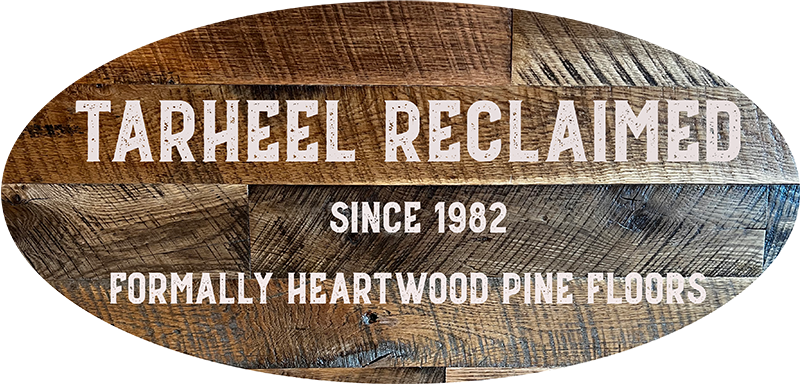Are you planning to install antique wood floors in your home? You can transform your home into something truly special with antique wood flooring. Reclaimed boards bring character that new flooring just can't match.
If you live in the East Coast States in the US, you are luckier, as the East Coast homes are actually perfect for antique wood flooring because the aged wood has already adapted to similar climate conditions over decades.
So, if you have made up your mind to get antique wood floors in your East Coast States home, here is a guide that will help you in the process.
Why Antique Wood Floors Work So Well
The wood in these old floors comes from trees that grew much slower than today's lumber. This makes them incredibly dense and durable. When you walk on antique wood floors in the East Coast States, you're walking on materials that have already proven they can last generations.
The scratches, nail holes, and natural wear patterns tell a story. Each board is unique, creating floors that feel warm and lived-in from day one. Plus, you're giving old materials a new life instead of sending them to a landfill.
Getting Ready for Installation
Before anything else, let your antique wood adjust to your home's temperature and humidity. Stack the boards in the room where they'll be installed and wait about a week. This prevents problems later when the wood naturally expands or contracts.
Check your subfloor carefully. It needs to be completely level and dry. East Coast homes, especially older ones, sometimes have moisture issues that need fixing first. Use a moisture meter on both the subfloor and the antique boards. The readings should be close to each other.
The Installation Process
Start along the longest wall in your room. This gives you the straightest reference line for the entire floor. Leave about 3/4 inch of space around all the edges. This gap gets covered by baseboards later and gives the wood room to move with seasonal changes.
When working with antique wood floors in the East Coast States, expect some variation between boards. Some might be slightly different widths or have small imperfections. This is normal and adds to the authentic look.
Pre-drill nail holes near the ends of boards to prevent splitting. Old wood can be brittle in spots, and taking this extra step saves frustration later.
Dealing with Common Issues
Sometimes antique boards arrive slightly warped or cupped. Light sanding before installation fixes most of these problems. For boards with bigger issues, save them for closets or areas that won't be as visible.
Small gaps between boards are expected with antique materials. Actually, they add to the authentic appearance. Only worry about gaps wider than 1/8 inch, which you can fill with wood filler after installation.
Finishing Your Floor
The sanding and finishing process brings out all the natural beauty in antique wood floors in the East Coast States. Start with coarser sandpaper to level any height differences between boards, then work your way up to finer grits for smoothness.
Choose your finish carefully. Oil-based polyurethanes enhance the warm, aged tones in the wood. Water-based finishes keep the color more natural but might look less rich on antique materials.
The Bottom Line
Installing antique wood floors in the East Coast States is an investment that pays off in both beauty and home value.
The process takes patience and attention to detail, but the results speak for themselves. You end up with flooring that has genuine history and craftsmanship that modern materials simply cannot replicate

